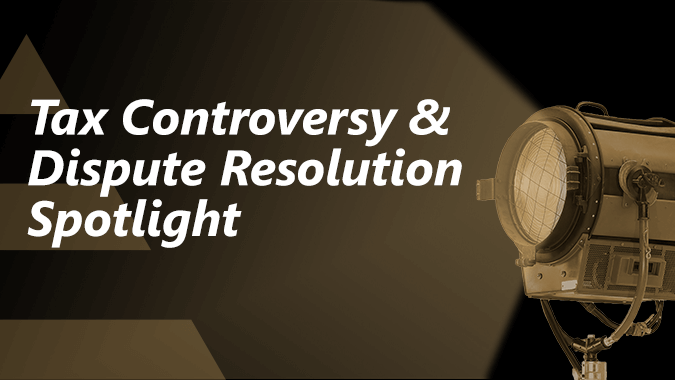
Media Content License Fees: Contract Compliance Measurement
A substantial portion of the Enterprise Value of content owners (licensors) in the Media & Entertainment industry is derived from the content license fees paid to them by third-party, customer-facing distribution partners (licensees).
This also includes the third-party technology providers of content delivery used in proprietary, direct-to-consumer platforms of major media companies.
As a result of 1) the sheer complexity of the numerous content delivery methods and systems, 2) unilaterally calculated and remitted payments from distributors, 3) lack of transparency on the interpretation of distribution contract terms, and 4) a myriad of promotional elements and amendments, revenue received by licensors oftentimes does not equal the full amount earned. Whether in cable or satellite television, digital video platforms, sports content subscriptions, digital audio and book distribution, merchandise or gaming, this issue persists, resulting in potential underpayments and inadequate provision of reliable and valuable data.
EisnerAmper has the experience, expertise and technology to provide our licensor clients the tools they need to understand how their contracts are administered and identify and collect underpayments.
At EisnerAmper, the professionals of our contract compliance team have years of experience working in the media and entertainment industry. Through their specialized focus on this practice, they have deep understanding of the compliance issues faced by industry and the need for transparency and strict adherence with the agreements.
EisnerAmper professionals also provide audit, tax, and consulting services to entities in a broad range of industries including
- Professional sports leagues and teams
- Broadcast, film, and digital media producers and content owners
- Music publishers
- Trademark and brand licensors
- Software and technology licensors.
For your company, as a next step, consider these three important tasks:
- Identify potential contract language interpretation issues, such as which clauses in your contracts may result in disputed payments and data. This includes the language of all clauses governing your audit rights.
- Gather audit history. If you have a history of previous audits, collect all that may shed light on the administration of these payments on a per-provider, per-year basis. Retain such data and findings in a structured database so it can most easily, methodically and effectively be applied in annual reviews (and not left to re-interpretation through certain employees’ memories).
- Determine highest priority revenue streams for compliance review.
What's on Your Mind?
Start a conversation with the team












